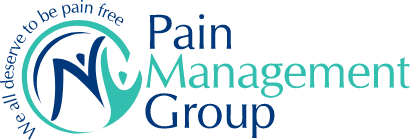It is estimated that approximately 50 million adults suffer from arthritis and other rheumatic disorders in the United States. Arthritis and rheumatism are the most common causes of disability in our nation, often causing significant work limitations and physical inactivity among adults. Although the word “arthritis” is often used to refer both arthritis and rheumatism, the meaning of these two terms is not the same.
Rheumatism, also known as rheumatic disorder, actually refers to a group of health conditions that affect the connective tissue and joints. On the other hand, arthritis is a type of rheumatic disorder that can manifest itself in several different forms, including osteoarthritis, rheumatoid arthritis, and infectious arthritis. All forms of arthritis are associated with joint inflammation, but differ in the location and /or cause of the condition. Osteoarthritis commonly affects the spine, knees and hips, while rheumatic arthritis affects the joints of the hands and feet.
Whereas arthritis affects the joints, rheumatic disorders can affect any of the connective or supportive structures of your body, such as the joints, tendons, muscles, ligaments, or bones, or even internal organs. Rheumatic disorders can be localized, regional or generalized, depending on how widely the body is affected. Common rheumatic disorders include the various forms of arthritis, as well as conditions, such as bursitis, fibromyalgia, systemic lupus erythematosus and scleroderma.
Common symptoms for both arthritis and rheumatism include pain, swelling, stiffness, heat and immobility in the affected area. These symptoms generally make it difficult to move the affected area, and thus, often cause disability and inactivity. The first step in treating rheumatic disorders is to rest the affected area when needed. It is also important to learn how to properly use the affected joint in order to reduce inflammation. In addition, medications, proper diet and exercise, the use of splints and braces, and in severe cases surgery, may be necessary for managing the condition.
If you suffer from a rheumatic disorder, proper treatment can help reduce the occurrence of pain, stiffness and immobility. Getting help from the qualified professionals at New York Pain Management is important in order to learn proper ways to manage your condition and improve your quality of life.
*DISCLAIMER: These are not medical diagnoses or suggestions for any specific individuals. They are an overview of various conditions, treatments and topics discussed by New York Pain Management Group. If you would like to discuss your symptoms in greater detail, do not hesitate to contact the New York Pain Management Group. To learn more about treatment options for this and other pain conditions, contact us today at www.nopainny.com or call at 1-888-789-NOPAIN! We will be happy to assist you.
